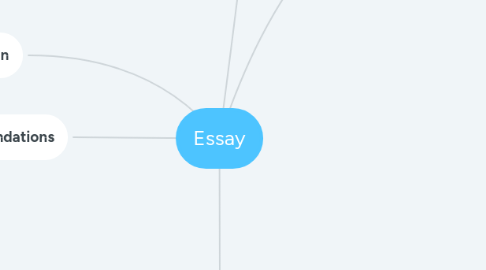
1. 3. Conclusion
1.1. Has my classroom management reduced disruption?
1.2. How has it worked?
2. 4. Recommendations
3. Introduction
3.1. What topic/Aspect of behaviour management am i looking at?
3.1.1. Motivation - Diverging from the curriculum
3.2. Why am i looking at this?
3.2.1. Insight into Level 1 students
3.3. How did i go about the case study? What strategies did i adopt?
3.3.1. I did a motivation quiz, changed one lesson so they could teach, used music, and adapted each task to suit each learner
3.4. Structure of this essay
4. Motivation
4.1. Carol Dweck
4.1.1. Students with a fixed mindset believe their intellectual abilities are simply fixed, whereas those in a growth mindset believe that they can grow their abilities, for example, through hard work, good strategies and mentoring
4.2. Etienne Wenger
4.3. Frederick Hertzberg
4.3.1. Two-Factor Theory of motivation (otherwise known as dual-factor theory or motivation-hygiene theory)
4.4. Abraham Maslow
4.4.1. A theory of human motivation - Maslow's Hierarchy of Needs
4.5. Hawthorn
4.5.1. Henry A. Landsberger in 1950 who noticed a tendency for some people to work harder and perform better when they were being observed by researchers.
4.6. Bernard Weiner
4.6.1. Attribution theory assumes that people try to determine why people do what they do, that is, interpret causes to an event or behaviour
4.7. Armitage
5. 2. Theories/Case study relations
5.1. Behaviour
5.1.1. Albert Bandura
5.1.1.1. Social Learning theory based on the theory of personality
5.1.2. Jean Piaget
5.1.2.1. Constructivist Learning Theory surrounds the cognitive development of children
5.1.3. B F Skinner
5.1.3.1. The best way to modify behaviour was to modify the environment
5.1.3.2. Operant Conditioning
5.1.4. John Dewey
5.1.4.1. Classroom management should be guided by democratic practices with consequences and offered the theory of experience through social learning
5.1.5. Gordon Thomas
5.1.5.1. Teacher Effectiveness Training (TET). The factor that contributes the most is the quality of the teacher-student relationship.
5.1.6. To reduce disruptive behaviour
5.1.6.1. Disruptive behaviour
5.1.6.2. Bad language
5.1.6.3. Effort
5.1.6.4. Attention
5.1.6.5. Why? To reengage learners, refocus learners and reintroduce learners
5.2. Student/Teacher relationships
5.2.1. Theorist - Hunt
5.2.2. Theorist - Wallace
5.3. Positive learning enviroment
5.3.1. Music
5.3.2. Maslow
5.3.2.1. Inviting classroom
5.3.2.1.1. Layout of classroom
5.3.2.1.2. Group work - pairs
